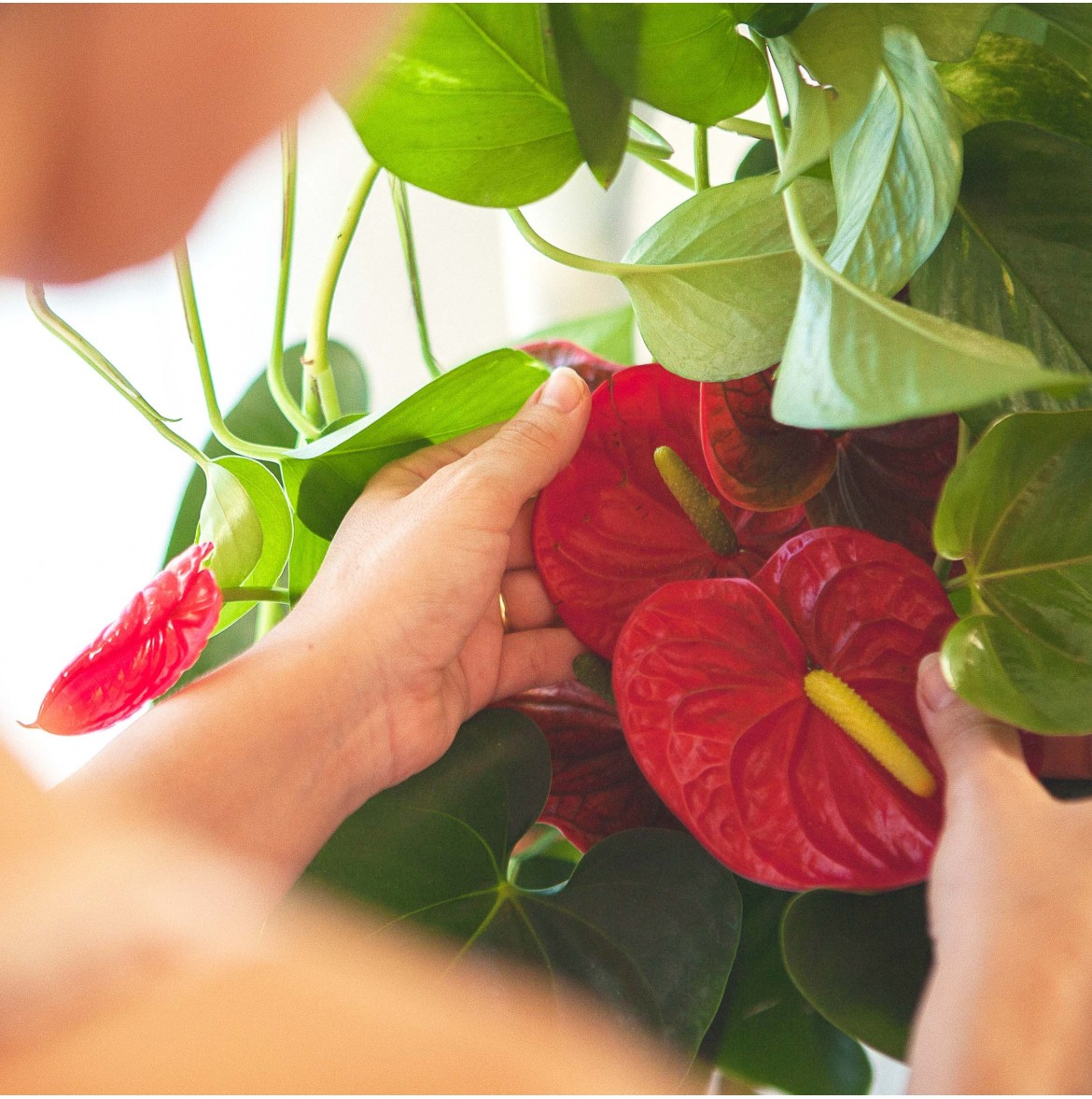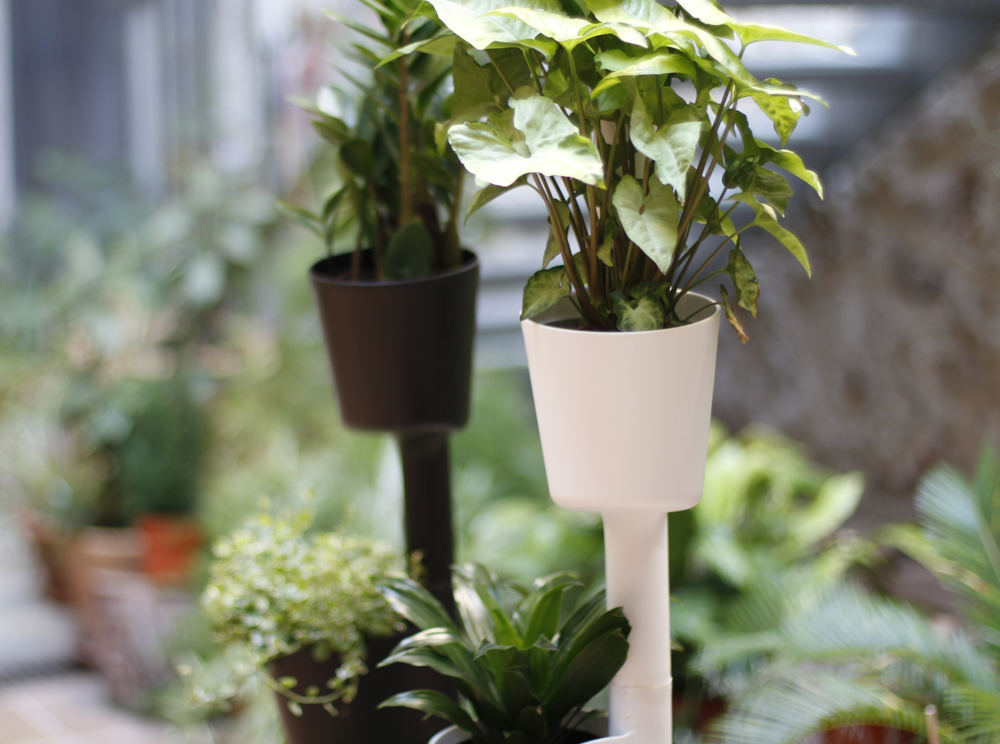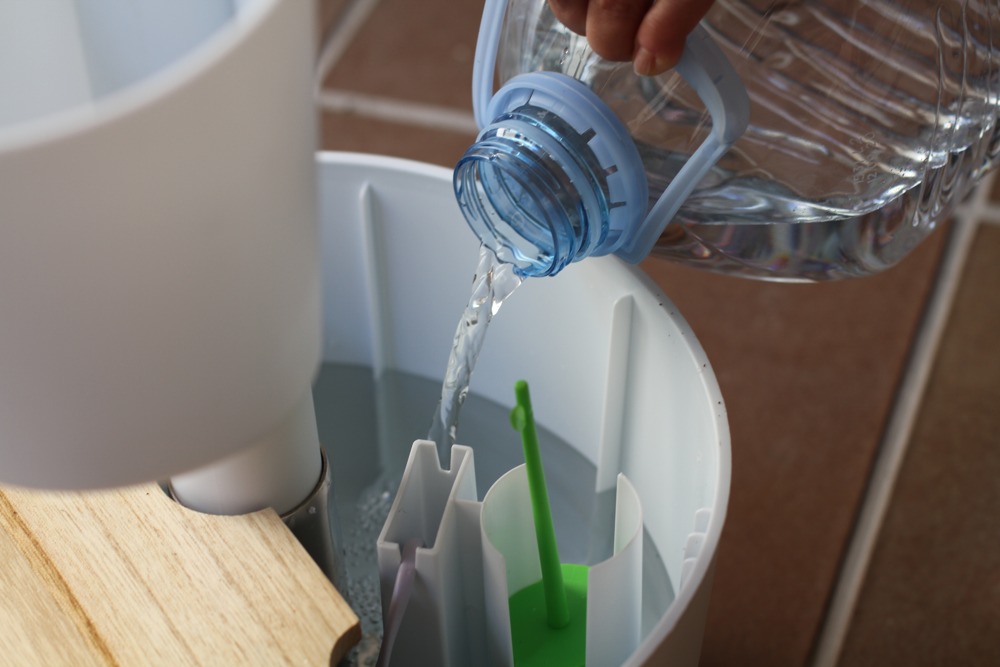TIPS TO KEEP YOUR PLANTS COOL IN SUMMER

In summer, an excess of sun and heat can be deadly for plants, especially for those that live outdoors. Take note of these tips to keep them fresh and green all summer! Even if you go on holidays!
CitySens has some tips and tricks for your plants to survive this summer. Be the envy of your neighborhood instead of asking them to water your plants. We want your plants to shine, grow and be in the best conditions during your well deserved holidays.
.
I do not want direct sunlight
A simple tip is to avoid direct sunlight: most indoor plants do not tolerate direct sunlight. In summer, the intensity of the sun increases and its prolonged exposure can be very damaging for the vast majority of indoor plants.
You also have to avoid the other extreme: the lack of light. Some people lower the blinds during the day to prevent the sun's rays from heating the house. It is a good heat control system, but it can cause our plants not to receive the light they need.
We suggest placing the plants in those corners where you know that they will always receive the light they need.
.

.
The watering schedule is sacred
It is very important to respect the watering schedule. Citysens recommends that it be done at dawn or dusk, and never in the hottest hours. The water evaporates faster, thus altering the pH and burning the leaves.
.
Ventilate space
Indoor plants need fresh air. We recommend opening windows frequently to ventilate your home naturally. Be aware that orchids don't like a constant airsteam, although some fresh air would always be beneficial.
Beware of air conditioning! It is important to regulate the temperature well since in summer the humidity vary and air conditioning dry the environment. Another good tip is to avoid placing the plants just below the air conditioning.
.
Say no to pests
In summer, pests and diseases affect plants and plants need more nutrients. It is very important to apply fertilizers. In addition, we advise you to pay attention to the leaves that have dried, cut them to encourage the growth of the rest of the plant.
Avoid hard water
If the water in your city contains large amounts of lime, you better water the plants with bottled or rain water.
.

.
Do not water them in excess
Avoid watering plants excessively. Before increasing the frequency of irrigation, one must be aware of the conditions of light, temperature and humidity. During the summer the hours of light increase and the house temperature increases a few degrees. Under normal conditions, increasing the frequency of irrigation to two waterings per week may be necessary and beneficial. But if we expose the plants to air conditioners or lower the blinds during a large part of the day (even if the temperature increases) watering the plants in excess can be harmful. You must be aware of the type of plant you have, its size, environmental conditions and finally the symptoms that the plant gives you before increasing the irrigation. If we control the house temperature well and our plants are not very large, you can maintain the same irrigation frequency as in winter.
.
Symptoms to raise the eyebrows
The main symptoms that indicate a lack of water in most plant is the lack of leaf turgor: they are dull and falling of. Another symptom is the appearance of yellow leaves, but be careful, the yellow leaves can indicate both lack of and excess of irrigation. In addition, it is a natural process for the plant to lose the oldest leaves to make way for new ones.
.
Let them breathe
Spray the leaves every day and clean them to allow them breathe better. Another good idea is to put the plants directly under the shower once a week.
.
.

Comments
No comment at this time!
Leave your comment